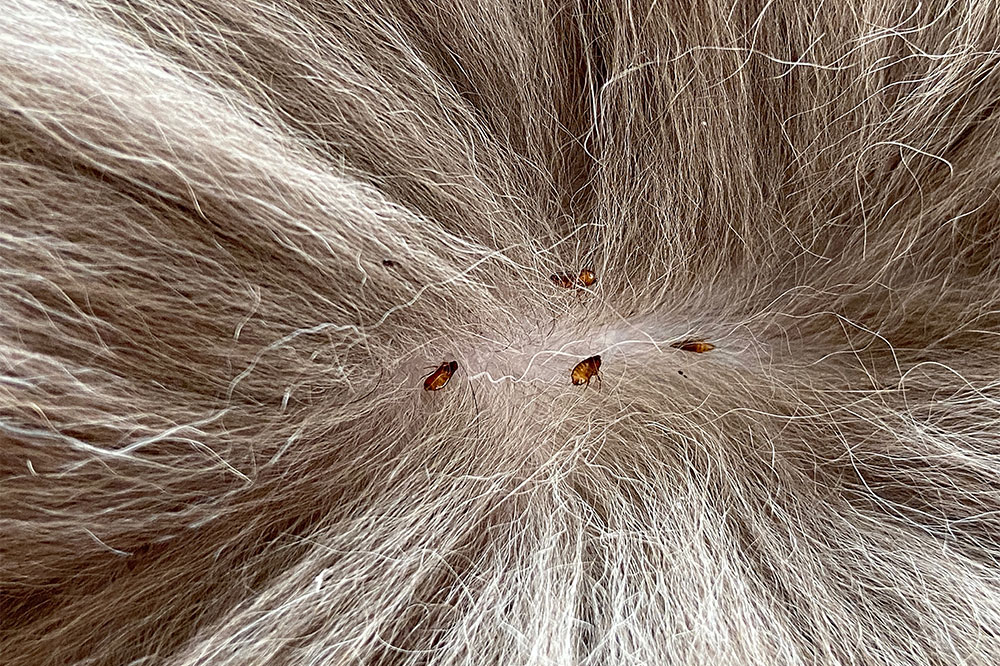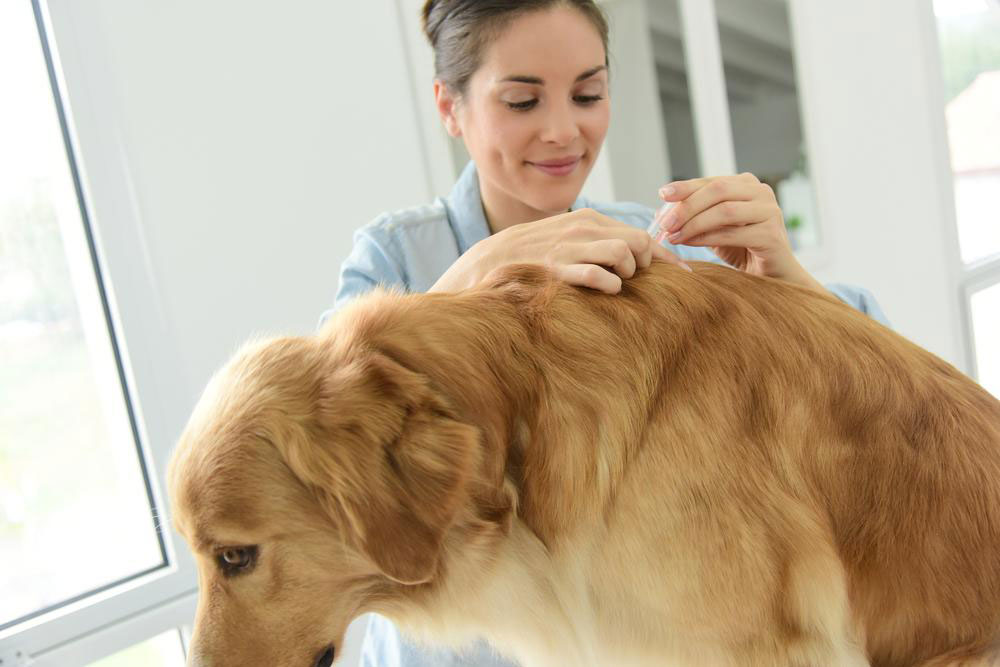Natural Methods to Safeguard Your Dog Against Fleas and Ticks Effectively
Discover effective natural methods to protect your dog from fleas and ticks, including essential oils, dietary tips, household ingredients, and long-lasting veterinary treatments. Learn how to create a safe, pest-free environment for your furry friend with natural and professional solutions.

Comprehensive Home-Based Strategies to Protect Dogs from Fleas and Ticks
As the warmer seasons arrive, pet owners often face the persistent challenge of protecting their beloved dogs from fleas and ticks. These tiny pests are more than just a nuisance; they pose significant health risks, including skin infections, allergic reactions, and transmission of serious diseases such as Lyme disease and ehrlichiosis. While many pet owners opt for commercial pesticide-based repellents, an increasing number are turning to natural, household-friendly solutions that are safe for their furry friends and environmentally friendly.
Natural remedies leverage the power of certain essential oils, dietary adjustments, and household ingredients to create a pest-free environment. For example, essential oils such as lavender, cedarwood, and lemongrass have natural repellent properties. When diluted with carrier oils like coconut or jojoba oil, these can be gently applied to your dog’s coat or diffused in your home to deter fleas and ticks. It is crucial to remember that essential oils must be used cautiously and in proper dilutions, as some can be toxic to dogs if misused. Always consult your veterinarian before introducing essential oils into your pet’s care routine.
Incorporating small, controlled amounts of garlic in your dog’s diet can also help, especially in deterring fleas. However, this method is breed-dependent, and excess garlic can be toxic. Therefore, veterinary guidance is essential before adding garlic supplements or garlic-rich foods to your dog’s diet.
Vinegar, especially apple cider vinegar, can serve as a natural deterrent. Diluted solutions sprayed on your dog’s fur or around entry points in your home can help keep pests away. The strong smell of vinegar acts as a natural repellent without chemicals. Additionally, natural powders made from herbs such as rosemary, citronella, and eucalyptus can be sprinkled in your home or in your dog’s bedding area to prevent flea infestations. These herbal powders are safe and help maintain a pest-free environment.
For physical removal and prevention, baking soda and salt mixtures are effective. Sprinkling these substances in carpets, upholstery, and pet bedding can dehydrate fleas and their eggs, effectively reducing their numbers over time. Regular vacuuming, combined with these natural powders, can significantly diminish flea populations in your home.
While natural methods are effective for prevention and control, some pet owners seek longer-lasting protection through veterinary-approved treatments. Products like BRAVECTO provide extended flea and tick protection, offering up to 12 weeks of safety for your dog. These treatments are scientifically formulated to be safe and effective, but always discuss with your veterinarian to find the best solution tailored to your pet's health.
In conclusion, maintaining a pest-free environment for your dog involves a combination of natural remedies and professional veterinary treatments. Regular grooming, cleanliness, and vigilance are key to early detection and prevention. Always prioritize your pet’s safety by consulting with a veterinarian before starting any new routine, especially when it involves essential oils or dietary supplements. Natural remedies not only safeguard your pets but also contribute to a safer environment for your entire household.





